If you are planning a trip to Germany, you might think of Frankfurt simply as a financial hub. However, the city offers so much more. With a rich past, a lively cultural scene, and countless family-friendly activities, Frankfurt’s city history and family attractions make it a destination worth exploring.
Moreover, located in the heart of Germany, Frankfurt serves as a major gateway to Europe and stands as one of the country’s most dynamic cities. It is home to the European Central Bank, world-class museums along the Museum Embankment, and one of the largest book fairs in the world. Yet, it also retains a cosy side, with quaint neighbourhoods, bustling markets, and traditional apple wine taverns. Therefore, whether visiting for business or leisure, Frankfurt offers a unique blend of old and new that appeals to all types of travelers. Whether you are traveling with children or looking to experience European history alongside modern architecture, Frankfurt promises a unique blend of experiences that appeal to all ages.
Frankfurt: A Historical Overview
Frankfurt’s story stretches back over a thousand years. The city’s name, Frankfurt am Main, literally means “the ford of the Franks on the River Main,” making reference to a shallow river crossing used by the early Frankish tribes.
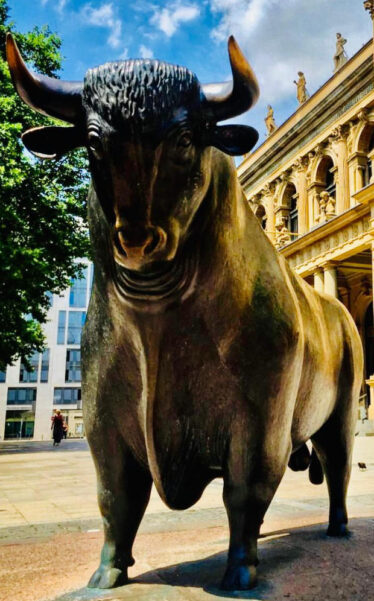
Its strategic location quickly made it a hub for trade and travel. By the Middle Ages, the city had become a free imperial city within the Holy Roman Empire. From 1356 onwards, it served as the official site for the election of German kings and emperors. Some historical landmarks, such as Römerberg Square (site of numerous imperial coronations, trade fairs, and Christmas markets) and Paulskirche, still reflect this imperial past, offering tangible connections to the city’s rich heritage.
Over the centuries, Frankfurt evolved from a medieval market town into a financial and cultural powerhouse.
The 16th century saw the first international trade fairs. An extremely interesting fact is that in 1585 a bourse was established to set up fixed currency exchange rates, and it is believed that at that moment the Frankfurt Stock Exchange was born.
Modern history brought both destruction and renewal: after World War II, the city rebuilt its old town while embracing contemporary architecture, creating the striking contrast between medieval charm and glass skyscrapers that defines Frankfurt today.
Walking through the Altstadt (Old Town), restored half-timbered houses vividly recount the city’s medieval past, while soaring modern skyscrapers dominate the skyline, earning it the nickname “Mainhattan.” This juxtaposition of architecture illustrates how Frankfurt’s history and family attractions coexist in harmony, offering visitors both a connection to the past and a glimpse into the city’s vibrant present.
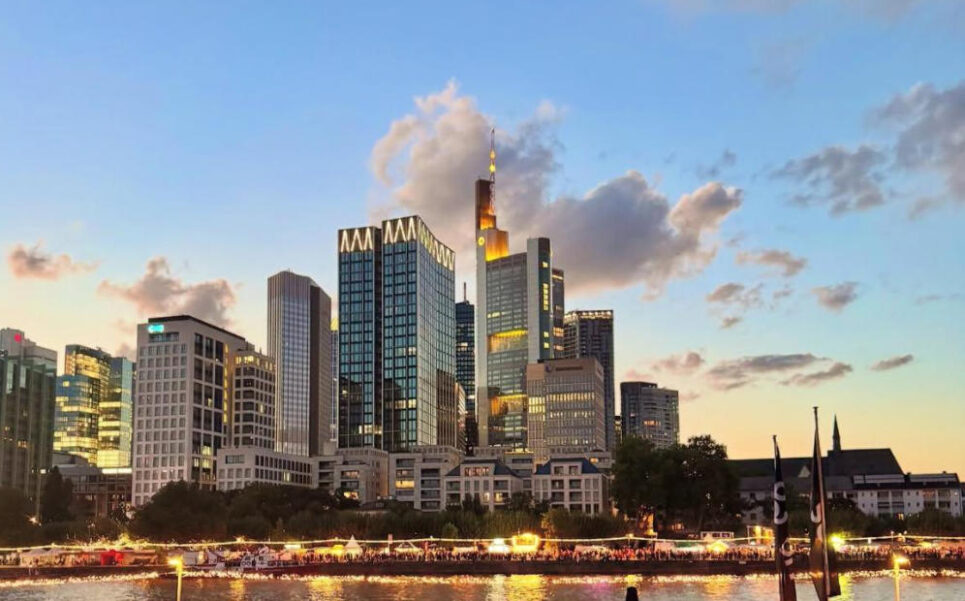
Today, Frankfurt is not only steeped in history but also thrives as a modern, cosmopolitan hub. Home to the European Central Bank and the Frankfurt Stock Exchange, the financial district, Bankenviertel, buzzes with energy, featuring sleek glass towers, luxury hotels, and upscale restaurants.
Culture and Finance in Frankfurt
The city’s cosmopolitan atmosphere extends far beyond its financial prominence, weaving itself into a rich and diverse cultural calendar. As a matter of fact, international exhibitions, conferences, and events take place throughout the year, drawing visitors from around the world.
A perfect example is the Frankfurt Book Fair. This Book fair transforms the city into a hub of literary exchange every autumn. On the other hand, the Museumsufer Festival in summer celebrates art, music, and culinary delights along the scenic banks of the Main River.
Seasonal activities add even more color to city life.
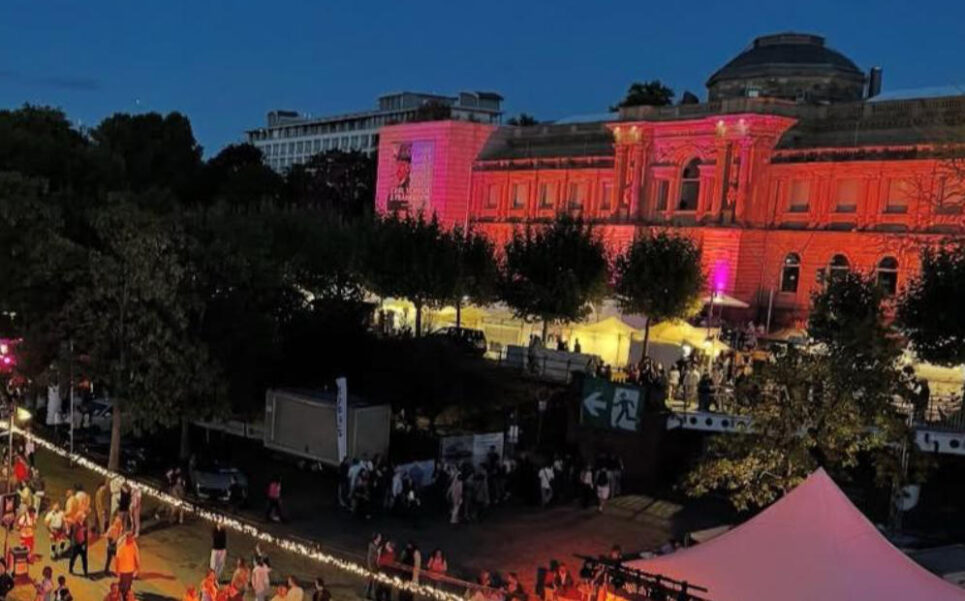
In spring, the banks of the Main and the Palmengarten come alive with blooming flowers and outdoor events, inviting families and friends to enjoy leisurely walks, picnics, and guided garden tours. Summer is ideal for open-air concerts, theatre performances, and food festivals.
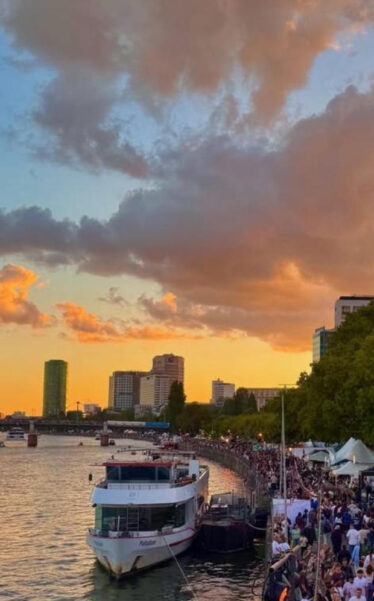
River cruises offer a refreshing way to explore the city from a different perspective.
During autumn, visitors can stroll through the historic Altstadt, attend harvest celebrations like the Apple Wine Festival (Apfelwein Fest), and enjoy early evening walks as the city transforms into warm golden hues.
Finally, winter brings festive magic, as plazas and streets fill with twinkling lights, seasonal decorations, and the nostalgic aromas of mulled wine, roasted almonds, and gingerbread at the famous Frankfurt Christmas Market.
Street art in the Ostend and Bahnhofsviertel districts, contemporary galleries, and dynamic theatre performances further enrich the city’s creative scene, offering inspiration for both adults and children alike. Museums like the Städel Museum (it owns 3,100 paintings, 660 sculptures, more than 4,600 photographs, and more than 100,000 drawings and prints), the German Film Museum, and the Museum of Applied Arts provide immersive experiences, bridging classical art with modern storytelling.
Even casual strolls through the city reveal Frankfurt’s cultural heartbeat, as historic architecture, modern installations, and lively public spaces coexist seamlessly.

The fact is that by combining historic streets, modern architecture, diverse cultural offerings, and a bustling financial center, Frankfurt demonstrates a unique balance between heritage and innovation.
In this amazing city, history informs modern life, and culture and finance coexist harmoniously, creating a city that engages families, solo travelers, and international visitors alike.
Explore Frankfurt on Foot: Discover the Neighbourhoods
One of the best ways to experience Frankfurt’s unique character is by exploring its diverse neighbourhoods on foot. Indeed, each district tells its own story through architecture, culture, and daily life, making every stroll feel like stepping into a different world.
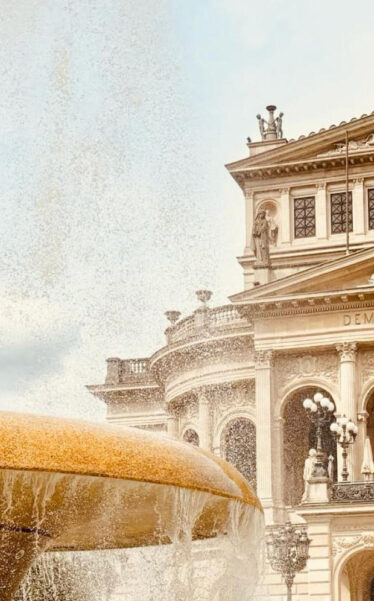
The Altstadt (Old Town) is a natural starting point. Here, the reconstructed half-timbered houses of Römerberg square, the historic Römer city hall, and St. Paul’s Church offer a glimpse into a medieval past.
Just next door, the Innenstadt buzzes with energy along Zeil, the city’s main shopping street, and Goethestraße, where luxury boutiques tempt fashion lovers. Together, these two districts show Frankfurt’s dual nature: historic roots alongside modern dynamism.
Venturing west, Bockenheim and the West End strike a perfect balance between tradition and contemporary living. Bockenheim, once a student quarter, still radiates youthful energy with its cafés, bookshops, and independent stores, while the elegant villas of the West End, home to embassies and leafy parks, reveal a more refined side of the city.
Heading east, the Ostend (East End) pulses with creativity and renewal. Street art brightens its walls, while former warehouses now house design studios, co-working spaces, and cultural venues.
In this neighborhood, families and visitors can enjoy the Frankfurt Zoo, one of Germany’s oldest and most beloved zoos.
For adults, trendy restaurants and riverside bars create a lively culinary scene, while spaces like Naxoshalle host theater, concerts, and art exhibitions. Simply walking through Ostend feels like stepping into Frankfurt’s creative heartbeat, where tradition meets experimentation.
For a more village-like charm, Bornheim—often called “das lustige Dorf” (the cheerful village)—welcomes locals and visitors with its lively Berger Straße, full of shops, markets, and taverns.
The lively Berger Straße is the neighborhood’s main artery, lined with cafés, boutiques, ice cream parlors, and cozy taverns serving Frankfurt’s famous apple wine (Apfelwein). Here. families can stroll through the weekly markets, where fresh produce, local cheeses, and artisanal breads bring the area to life.
For kids, parks and playgrounds dot the district, offering plenty of breaks between shopping and sightseeing. But, in the evenings, Bornheim comes alive with a mix of traditional taverns and modern pubs, making it just as enjoyable for adults looking to unwind.
The Nordend combines urban buzz with a strong sense of community, making it especially attractive to families and young professionals. Its leafy streets are lined with 19th-century apartment buildings. The district also boasts some of Frankfurt’s most popular playgrounds and green spaces, such as Günthersburgpark, where families gather for picnics, outdoor yoga, and seasonal events.
When the weekend comes, several markets fill the air with the scent of fresh flowers and baked goods, while boutique shops sell unique crafts and fashion. The Nordend’s mix of lively culture and laid-back charm makes it a neighborhood where everyone—from toddlers to grandparents—feels at home.
On the southern banks of the River Main lies Sachsenhausen, famous for its cobblestone lanes, traditional apple wine taverns, and the iconic Museumsufer (Museum Embankment). It’s the perfect spot for families who want to combine cultural discoveries with culinary delights.
Further afield, Höchst enchants visitors with its beautifully preserved old town and riverside promenades. On the other hand, Gallus, once a working-class quarter, is transforming rapidly with modern developments like Europaviertel. Meanwhile, districts like Griesheim, Niederrad, and Riederwald offer greener, more suburban atmospheres, with playgrounds and parks ideal for families seeking a slower pace.
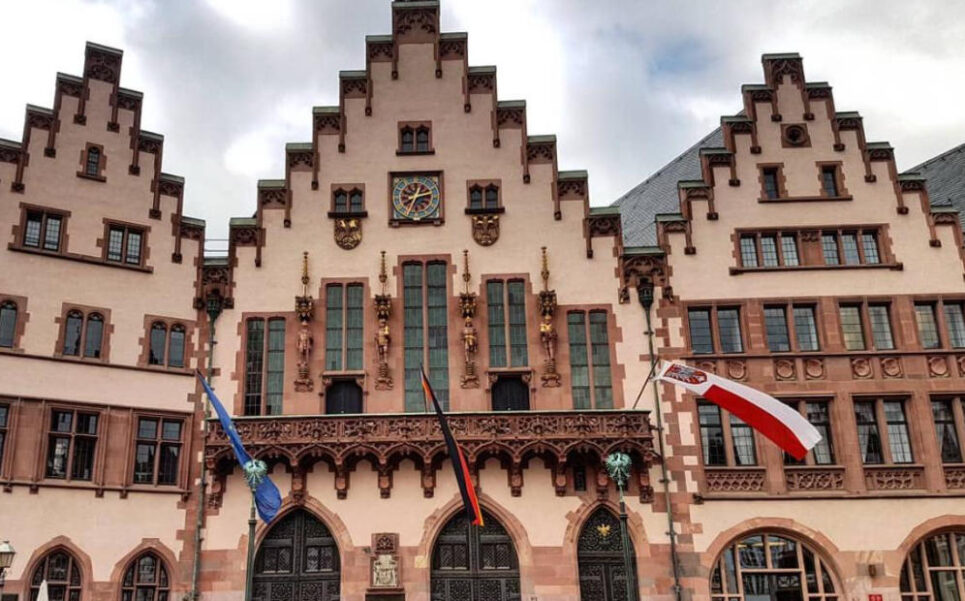
By walking through these diverse districts, travelers gain a deeper understanding of Frankfurt city history and family attractions. Each neighbourhood reveals another facet of the city—whether it’s medieval charm, bustling markets, creative hubs, or peaceful green spaces.
Wandering through its streets is not just about sightseeing—it’s about feeling the authentic pulse of the city. For families, these walks uncover hidden gems, interactive attractions, and plenty of spaces where children can play while adults soak in the atmosphere. Ultimately, Frankfurt’s neighbourhoods make the city more than just a financial hub: they turn it into a living, breathing destination that welcomes discovery at every corner.
Accessibility and Transport
Frankfurt is one of the best-connected cities in Europe, making it an ideal base for exploring Germany and beyond.
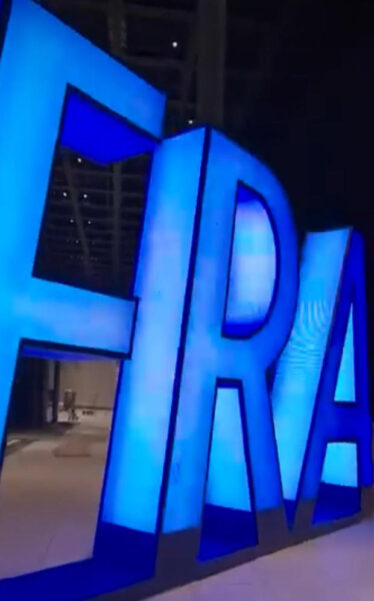
Frankfurt Airport is the busiest in Germany and ranks as the sixth busiest in Europe. In 2024, it handled over 61.5 million passengers, making it the 22nd busiest airport in the world.
It is also Europe’s leading hub for cargo, with a freight throughput of 2.076 million tonnes recorded in 2015. As of 2022, the airport connects travelers to 330 destinations across five continents, offering the highest number of direct routes globally.
The city’s public transport system is among the most efficient in Germany.
The U-Bahn (underground) and S-Bahn (suburban trains) are fast, reliable, and easy to navigate, while trams and buses run frequently. This well-organized network ensures that families can explore Frankfurt’s city history and family attractions stress-free.
Frankfurt’s excellent transport network makes exploring the city and surrounding regions easy and stress-free.
With one of Europe’s busiest airports, efficient U-Bahn and S-Bahn lines, and frequent trams and buses, both families and solo travelers can move around with ease. Consequently, convenient transportation allows visitors to fully enjoy Frankfurt’s family attractions without worrying about logistics, making the city an ideal base for discovery and adventure.
A Big City for Little Explorers
Frankfurt is full of surprises for young visitors, offering a perfect mix of history, culture, and outdoor adventure.
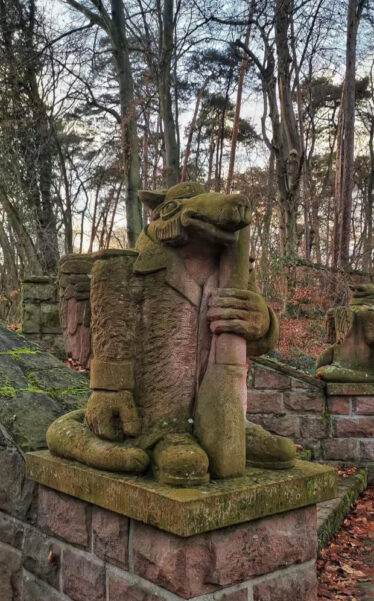
Families traveling with children can discover a wealth of Frankfurt city history and family attractions, from towering skyscrapers to lush parks, interactive museums, and imaginative playgrounds.
The city provides endless opportunities for exploration, learning, and fun, making it an ideal destination for families seeking memorable experiences together.
For those who enjoy the outdoors, the banks of the River Main are perfect for running, playing, or relaxing amidst scenic views.
Families can also take river cruises, which offer a unique perspective of the city and the gentle thrill of gliding along the waters.
The Senckenberg Museum of Natural History captivates curious young minds with its towering dinosaur skeletons, interactive exhibits, and immersive displays on the diversity of life on Earth. For hands-on play, the Riederwald Adventure Playground encourages children to climb, build, and explore, letting imagination take center stage while parents relax nearby.
The GrünGürtel (Frankfurt Green Belt) offers families a vast outdoor playground, featuring themed trails, picnic areas, and plenty of space for exploration and discovery. Meanwhile, the “Ich-Denkmal” (Me-Monument) provides a playful and accessible environment where young children can marvel at their surroundings, creating cherished family memories.
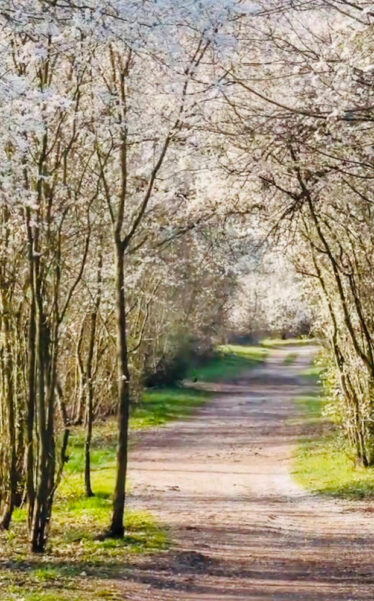
For a botanical adventure, the Palmengarten (Frankfurt Botanical Gardens) is the place to go.
Additionally, the Papageno Music Theatre captivates young audiences with enchanting fairy-tale performances, blending storytelling and music. To round out a day of family fun, the Frankfurt Zoo offers an unforgettable experience with diverse animal species and interactive exhibits that inspire curiosity and learning.
After exploring parks, playgrounds, and attractions for younger children, Frankfurt continues to offer engaging experiences for older kids and teenagers.
From hands-on science exhibits to immersive cultural adventures, the city provides opportunities for primary school children and teens to learn, play, and discover in ways that match their age and curiosity.
For primary school-aged children, educational and interactive experiences abound.
The Experiminta Science Centre features over 100 experimental stations in physics, mathematics, technology, and computer science.
The Frankfurt City Forest and Goethe Tower combine outdoor adventure with nature exploration, offering trails, playgrounds, and panoramic views. At the Fraport Visitor Centre, children can learn about airport operations and watch planes take off and land. The Young Museum Frankfurt engages children with interactive exhibitions and weekend workshops, while the Palmengarten makes natural sciences engaging and memorable.
For teenagers, Frankfurt offers cultural, recreational, and urban experiences.
The Bildungsstätte Anne Frank and Deutsches Filminstitut & Filmmuseum provide immersive educational opportunities. Additionally, the Dialogmuseum challenges visitors through interactive dialogue and sensory engagement.
Overall, Frankfurt offers an abundance of activities that spark curiosity and imagination for young visitors. From interactive museums and botanical gardens to riverside adventures and playful playgrounds, families can enjoy learning, exploration, and fun all in one city. Together, these experiences showcase why Frankfurt is a top destination for families, filled with engaging city family attractions suitable for children of all ages.
Culinary and Cultural Highlights for Families in Frankfurt
Frankfurt’s culinary scene is as diverse and dynamic as the city itself, reflecting its rich history, international population, and regional traditions.
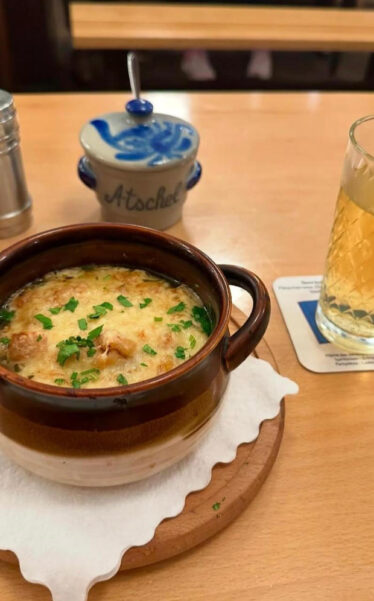
Food lovers visiting Frankfurt will find an enticing mix of classic local dishes, international cuisine, and modern gastronomy, making it a destination where every meal can be an experience.
A visit to Frankfurt wouldn’t be complete without sampling its iconic regional specialties. Grüne Soße (Green Sauce), made from seven fresh herbs and typically served with boiled eggs and potatoes, is a refreshing seasonal favorite.
Handkäse mit Musik, a tangy, marinated cheese served with onions and rye bread, offers a taste of traditional Hessian flavors, while Frankfurter Wurstchen, the city’s classic sausages, are a simple but delicious treat, especially when paired with mustard and a soft pretzel.
Thanks to its multicultural population, international cuisine can be found in every corner. Visitors can savor Turkish kebabs, authentic Italian pizza, Japanese ramen, Indian curries, and Middle Eastern mezze, all within a short walk of the city center.
Trendy cafés and rooftop restaurants offer seasonal menus, artisan coffee, and gourmet desserts, appealing to both adults and children. For families, many restaurants feature play areas or interactive menus for young guests, ensuring that meals are enjoyable for everyone. Seasonal street food markets, weekend brunches, and riverside cafés provide relaxed settings for casual family dining while offering a taste of local culture.
Frankfurt’s vibrant festivals and cultural events beautifully complement its culinary offerings. The city celebrates every season in its own unique way.
In spring, the banks of the River Main invite visitors to take relaxing walks, while the Palmengarten dazzles with blooming flowers and themed gardens. Summer is ideal for outdoor cultural festivals, such as the Museumsufer Festival, which brings together art, music, and culinary delights along the river.
Autumn transforms the cityscape into warm, golden hues, perfect for strolling through the historic Altstadt, while the Frankfurt Book Fair draws literature enthusiasts from around the globe. Winter brings festive magic, as public squares fill with twinkling lights, seasonal decorations, and the fragrant aromas of mulled wine, roasted almonds, and other seasonal treats at the city’s famous Christmas markets.
Seasonal events like the Apple Wine Festival (Apfelwein Fest) celebrate regional beverages and food traditions with music, tastings, and family-friendly activities. Whether visiting during a festival or exploring local markets and cafés at any time of year, culinary experiences in Frankfurt allow visitors to engage their senses while discovering Frankfurt’s city history and family attractions.
Altogether, Frankfurt’s food scene, lively festivals, and cultural events make the city an unforgettable experience for families and travelers. Here there is always something to delight the senses. In addition, these experiences perfectly complement the city’s historical and recreational offerings, reinforcing why Frankfurt is a destination rich in city family attractions.
Conclusion
Far from being just a financial hub, Frankfurt is a city that embraces contrast and harmony in equal measure. Here, historic streets meet modern skyscrapers, and vibrant cultural life flows seamlessly alongside diverse cuisine and family-friendly attractions.
What makes Frankfurt especially memorable is its rhythm throughout the year. The festival calendar ensures there is always something happening—from open-air concerts and book fairs to magical Christmas markets that transform the city into a winter wonderland. And when it comes to food, every taste is celebrated. Local specialties connect visitors with tradition, while international flavors highlight the city’s diversity and global spirit.
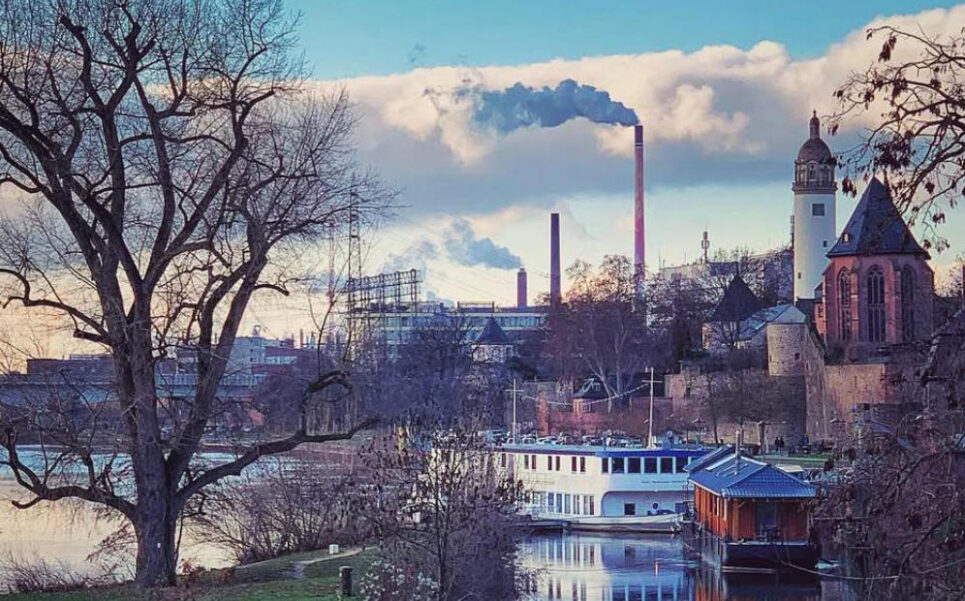
Equally important, it is designed to be easy and welcoming to navigate. With its efficient transport system, safe public spaces, and wide variety of attractions, families can move comfortably through the city without stress.
Frankfurt’s city history and family attractions make the city much more than a stopover—it is a destination in its own right. By blending tradition and innovation, it creates experiences that leave lasting memories for every visitor. This is a city that surprises, delights, and invites you to return.


